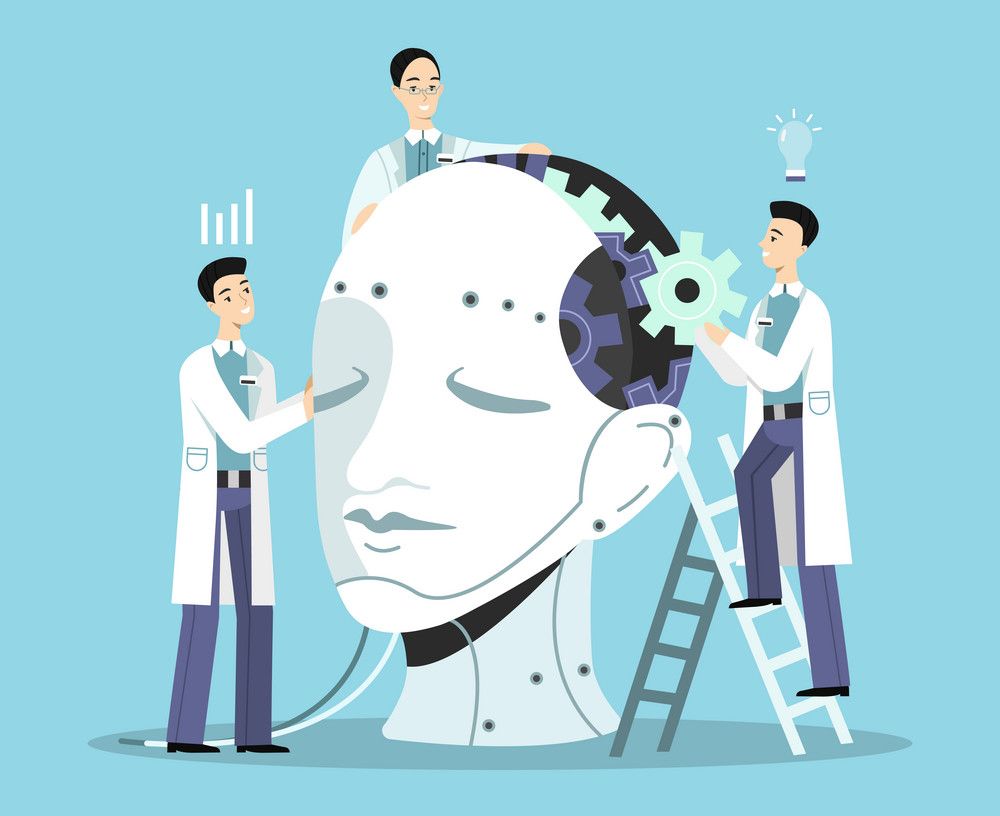Recently I had the opportunity to attend the inaugural Emotion AI Conference, organized by Seth Grimes, a leading analyst and business consultant in the areas of natural language processing (NLP), text analytics, sentiment analysis, and their business applications. (Seth also organized the first Text Analytics Summit 15 years ago, which I also had the privilege to attend, and his next conference, CX Emotion, takes place July 22 online.) The conference was attended by about 70 people (including presenters and panelists) from industry and academia in the US, Canada, and Europe.
Given the conference topic, what is emotion AI, why is it relevant, and what do you need to know about it? Read on to find out (warning: this is a long-ish article), but first, some background.
Emotions are a cornerstone of human intelligence and decision making
We humans are highly emotional beings, and emotions impact everything we do, even if we are not, for the most part, aware of it. They guide our attention, impact what and how we learn and remember, how we perceive ourselves and others, and ultimately how we grow as individuals and who we become. As Yann LeCun, one of the godfathers of AI and of deep learning, said: “It is impossible to have intelligence without emotions” (Quoted in the Daniel McDuff presentation).
Emotions are highly personal yet also social. Emotional responses in others in general and in reaction to our own actions are some of the first things we learn as infants. They are also the reason why we love storytelling. And why stories are highly effective for learning, for influencing and inspiring others, and for instigating action and change. In a well-constructed story, the plot (its narrative arc) is closely intertwined with the characters’ emotional evolution (the emotional arc), forming the double helix of narrative + emotion. Also, what is history, politics, and news if not a collection of stories – true or otherwise – and the emotions therein?
We continue to be governed by emotions in subtle and not-so-subtle ways throughout our lives. As one of the conference presenters, Diana Lucaci of True Impact said, “People say what they think and act on how they feel.”
It is not surprising then that neuroscience research and emotional design have, for years, been staples in marketing and advertising and product, service, and website design. Emotions nudge you, the user, to click on a link and buy a product or follow the emotional breadcrumbs through a website, just like its designer intended.
Emotion artificial intelligence seeks to understand, replicate, and simulate human emotions
In the field of artificial intelligence (AI), researchers and practitioners have likewise, for years, looked into ways to mimic and explore human emotions. The field took off in 1995 when MIT Media lab professor Rosalind Picard published an article entitled “Affective Computing.” It gave rise to a new discipline by the same name, from which emotional artificial intelligence spun off. The goal of emotion AI? To understand, replicate, and simulate human emotions in and by machines.
Affective computing and emotion AI incorporate many technologies and application areas. The Affective Computing group at MIT, for example, “aims to bridge the gap between human emotions and computational technology.” Its projects range from “finding new ways to forecast and prevent depression before there are any clear outward signs of it; to inventing ways to help people with special needs who face communication, motivation, and emotion regulation challenges; to enabling robots and computers to receive natural emotional feedback and improve human experiences.” And this is just scratching the surface; there are many more projects, applications, and use cases on the lab’s website.
#chatbot #emotion #nlp #sentiment analysis #ai

